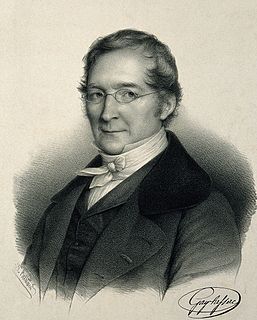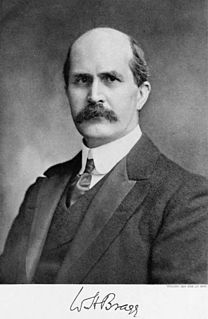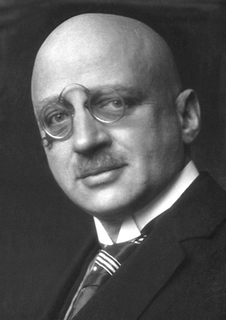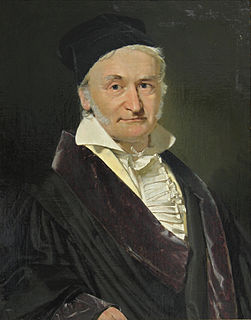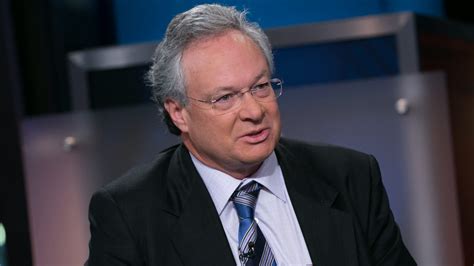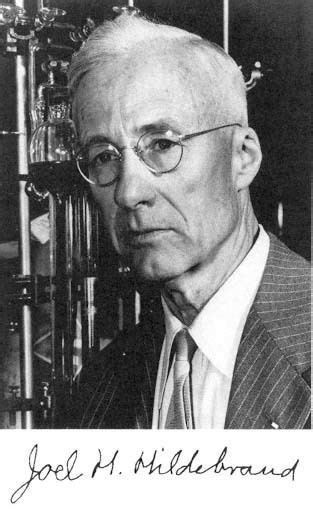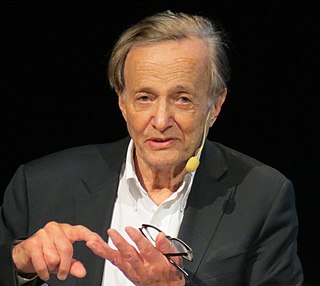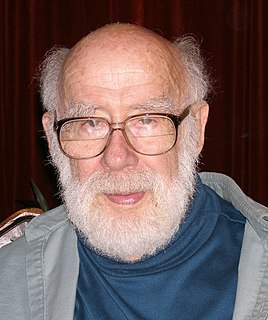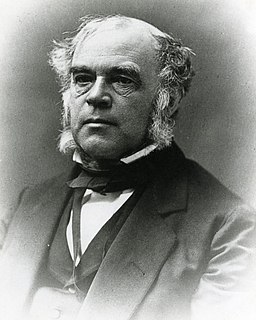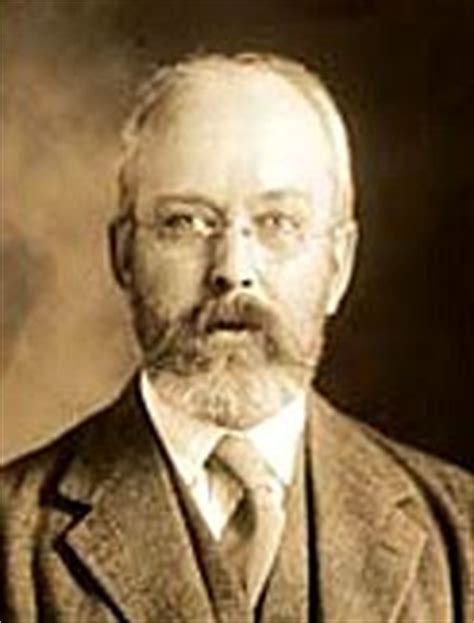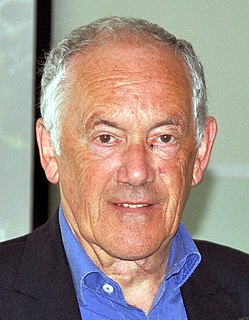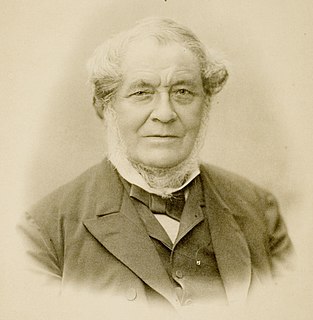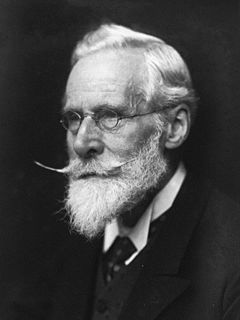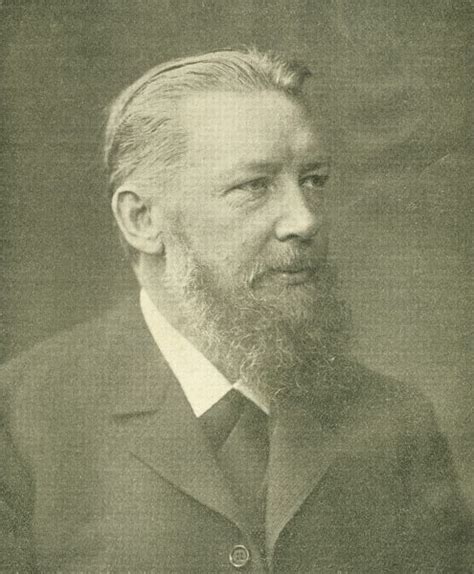A Quote by Joseph Louis Gay-Lussac
Compounds of gaseous substances with each other are always formed in very simple ratios, so that representing one of the terms by unity, the other is 1, 2, or at most 3 ... The apparent contraction of volume suffered by gas on combination is also very simply related to the volume of one of them.
Related Quotes
Carbon dioxide is unusual because it doesn't go through the usual three phases of matter, from solid to liquid to gas, but it goes straight from solid to gas. The volume of the gas is much greater than the volume of the solid. When a solid turns into a gas, we say it sublimes. The process is sublimation.
The big tradition, I think, is unity. And I have that in mind; and with that, you know, you could break all the traditions- all the other so-called rules, because they are stylistic.. and most are not true. As long as the marks are related to one another, there is unity. Unity in the work itself depends on unity of the artist's vision.
In a gas, motion has the upper hand; the atoms are moving so fast that they have no time to enter into any sort of combination with each other: occasionally, atom must meet atom and, so to speak, each hold out vain hands to the other, but the pace is too great and, in a moment, they are far away from each other again.
There's some boring advice for improvisers beginning their careers like "see as much of it as you can and do as much of it as you can." Volume, in a way, is the most important thing. Not, like, decibel volume - just immerse yourself in it as much as possible. I'd also suggest that you put a high value on your personal interests and tastes.
Yet the most pervasive error one encounters in contemporary arguments about belief in God-especially, but not exclusively, on the atheist side-is the habit of conceiving of God simply as some very large object or agency within the universe, or perhaps alongside the universe, a being among other beings, who differs from all other beings in magnitude, power, and duration, but not ontologically, and who is related to the world more or less as a craftsman is related to an artifact.
The war industry people are very together; they know exactly what they want; they don't even have to talk to each other. The peace industry people are just intellectuals who are very critical of each other... Unless the peace industry is powerful, we're always going to have war. It is as simple as that.
One third of the economy goes through 'QuickBooks' in terms of businesses invoicing other businesses. Each invoice contains a connection between vendors, suppliers, and customers, and also the price of that connection. Representing the payment graph is huge opportunity and something no other company can do.
